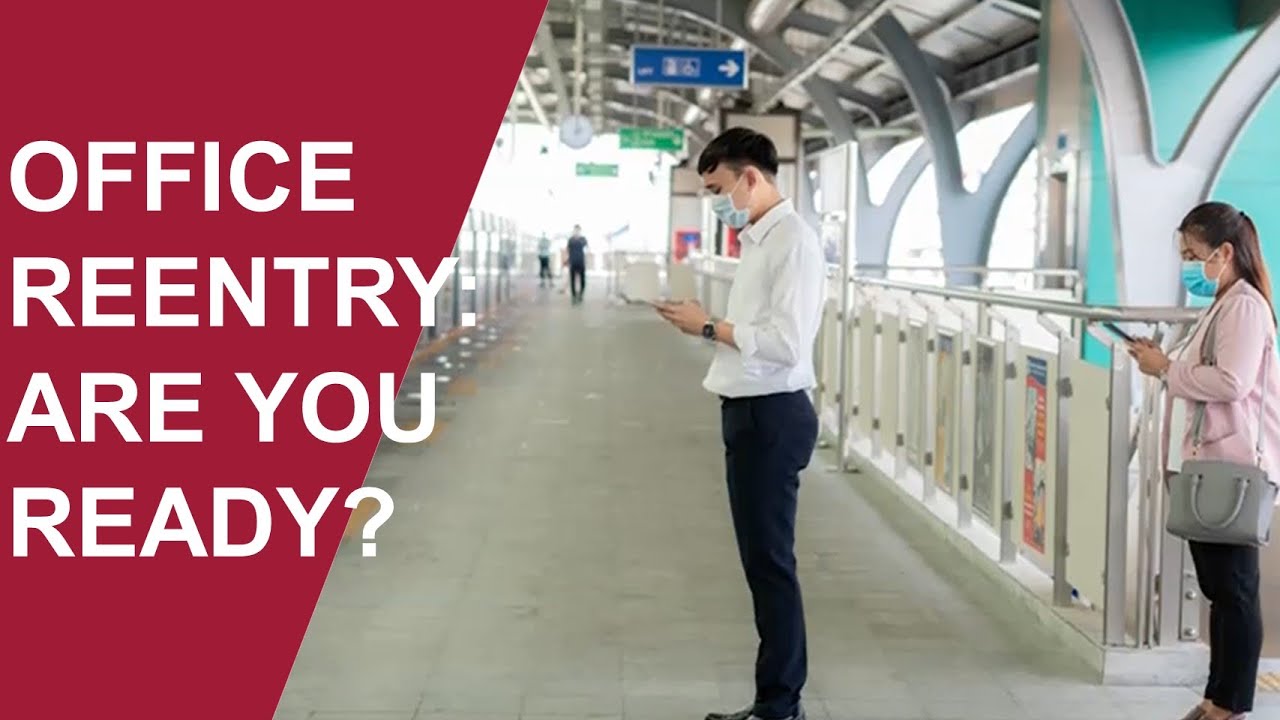With some countries around the world beginning to lift lockdown restrictions, conversations across the business world are starting to turn to the question of “How do we safely and seamlessly prepare for returning to the office after COVID-19 restrictions are lifted?”.
Unsurprisingly, after everything companies and their employees have done to successfully adapt their operations and working practices to social distancing rules over recent weeks, immediately returning to old ways will likely neither be sensible or practicable. With safety being the key priority for a reintroduction to office life, businesses will need to plan thoroughly for the transition period ahead.
There is no one-size-fits-all approach and, of course, we all need to be mindful of the latest government health advisories. So, with those important considerations in mind, from an operational perspective, here are some considerations to help your staff transition successfully back to an office environment when it’s appropriate to do so once social distancing measures are relaxed.
Implement a dynamic return to office strategy
While business leaders need to monitor government guidelines that might prescribe how to govern workplace social distancing, bringing your entire workforce back to the office at the same time could be challenging. So, one way to mitigate the difficulties of navigating a “new normal” on a large scale is to stagger the return to the office – having some teams come back a few days or weeks before others.
Similarly, depending on the size of your organisation and density of office space, maintaining working from home arrangements across teams on an alternating basis could also make it easier to implement safe social distancing rules. This essentially involves select teams working remotely while others work in-house on any given day.
An alternating approach to remote working might also reduce the risks of staff feeling pressured or overwhelmed by an immediate return to the office five-days-a-week. After all, some families might still be juggling temporary disruptions to childcare arrangements and it is likely that public transport systems will become crowded again. So, a transitionary period will help everyone re-adjust to the new office-based work reality, post-pandemic.
Finally, if you have developed your technology infrastructure to facilitate remote work, you would do well to continue to leverage these new capabilities as, in all probability, a mix of remote and at-office work will be needed for some time.
Prioritise continuous communication
Preparing for returning to the workplace requires continuous communication. Where, how and when people work in a shared office environment will likely need to change in order to ensure the health and safety of employees. These changes could include new rules around the numbers of people entering kitchens, meeting rooms, distancing between workstations, desk cleaning regimes and best practices for hand hygiene and using facilities, as examples.
Right from the start, it’s important to ensure these new workplace requirements are clearly and regularly communicated to all staff so there is no confusion or breakdown in procedures.
Regular email updates, updates on the company’s intranet and social channels, as well as frequent town hall meetings (online or in a smaller setting) could be key elements of an effective communication approach.
As part of your communication strategy – and especially within larger companies – it could be beneficial to appoint “lead” staff members within teams to help ensure rules are properly understood, enforced and that there is a point of contact for staff who wish to ask questions or raise concerns.





